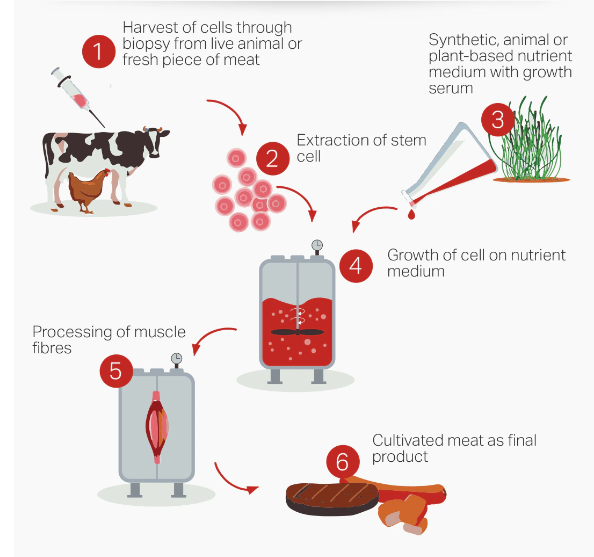7667766266
enquiry@shankarias.in
Recently, an Australian startup unveiledlab-grown cultured meat using the genetic sequence from the long-extinct woolly mammoth.
Singapore is the only country to have approved cell-based meat for consumption.

According to the Food and Agriculture Organization of the United Nations (FAO) roughly 14.5% of global emissions of greenhouse gases are attributable to livestock farming
Quick facts
Wo0lly mammoths
References